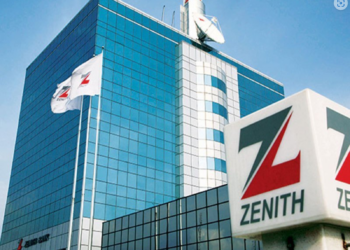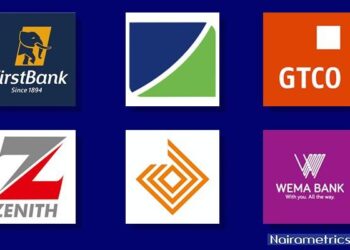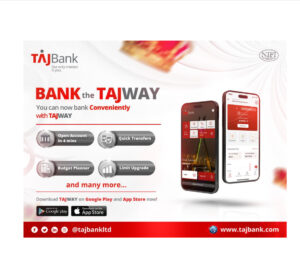- Zenith Bank Plc (Zenith) reported 20% YoY (9M 14: 12%) rise in gross earnings to N403.3 billion for the 12 months ended December 2014. PBT was 13% higher YoY (9M 14: 8%) at N119.8 billion while PAT was 9% higher (9M 14: 5%) at N95.3 billion.
- Zenith announced a dividend of N1.75 which represents a payout ratio of 53% and translates to a dividend yield of 9.2% at current price.
Massive balance sheet growth and fee income surge drive revenue outperformance
- Zenith’s Q4 14 gross earnings rose 46% QoQ to N130 billion and was 41% ahead of our estimates as both revenues streams outperformed. Non-interest revenue (NIR) nearly doubled QoQ to N29.5 billion, 53% ahead of our estimates, as Q4-alone fee income slightly exceeded 9M 14 levels driven by credit related fees and foreign withdrawal charges. Trading income was also strong, tripling YoY to N15.9 billion, with the boost to this category coming from forex trading income which came in at N14 billion (2013: N4.2billion).
- Similarly, interest income beat our estimates and prior quarter by a 37% margin to reach N100.4 billion, underpinned by strong volume growth in earning assets with loans in particular up 13% QoQ to N1.73 trillion. The strong loan growth over Q4 in part reflects Zenith’s increasing risk asset creation stance over 2014 (9M 14: +38% YoY) but also, possibly, naira devaluation in the quarter given foreign currency share of loan book (9M 14: 29%). Asset yields moderated 10bps from 9M levels to 8.6% (FY 14E: 8.7%). The volume driven growth in interest income suggests Zenith benefited from a similar flight-to-safety dynamic as GTB given the Q4 14 financial market uncertainties although Zenith received support for asset growth from its $500 million Eurobond issued in April 2014.
Cost pressures moderate feed through from revenue
- In line with expectations, deposits were up 10% QoQ to N2.53 trillion whilst borrowings added to the funding base expansion with a 21% QoQ rise to N359 billion. These additional volumes helped push interest expense 79% higher QoQ to N37.3 billion with the additional costs from borrowings, in particular, leading WACF marginally higher from 9M levels (+13bps) to 3.7%.
- Further cost pressures emerged from operating expenses which tracked 32% ahead of our expectations driven by personnel (+29% QoQ) and other opex (+59% QoQ) with the latter being underpinned by increased regulatory burden over 2014. Nonetheless, with operating income rising 36% QoQ to N92.6 billion reflecting strong NIR, CIR printed flat QoQ at 55%.
- Reprising the end-of year seasonal jump in impairments, Q4 14 provisions jumped over four-fold QoQ to N8.2 billion (9M 14: -18%). Breakdowns provided by Zenith show NPL increases in agriculture, consumer credit and capital markets segments which pushed cost of risk 30bps higher QoQ to 0.6% in line with our estimates.
- The cumulative effect of cost pressures was to temper benefit of strong revenue numbers on bottom-line with Q4 14 PBT rising 14% QoQ to N32.9 billion whilst 5pps QoQ moderation in effective tax rates to 14% resulted in Q4 14 PAT climbing 20% QoQ to N28.4 billion. Nonetheless, FY 14 PBT and PAT margins are both 2pps lower YoY at 30% and 25% respectively largely on account of the funding cost pressures over FY 14.
Difficult operating environment in 2015 to underpin compression in FVE
- Going forward, risk asset creation should be more modest for Zenith, at least relative to 2014, on account of the weaker macro environment, whilst NIR growth should also decelerate given reduced FX volatility post RDAS closure and start of order based 2-way quote system. The foregoing, in combination with funding cost pressures post TSA implementation and asset quality concerns on lower oil price and USDNGN devaluation should drive a moderation in our expectations for Zenith over 2015. Zenith trades at current P/E and P/B of 6x and 1.08x which are both at premia to peer averages of 5.9x and 0.95x respectively. Nonetheless, recent downturn in market price across the sector drives scope for BUY rating to remain intact post revisions to our model.
Source: ARM Research


















